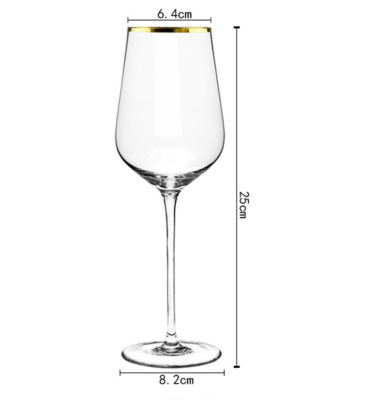How to check whether the glass bottle is qualified? From the time when the glass bottle is produced, the team workers first look at the general condition of the product, and then according to the quenching for a period of time, and the workshop management is careful and careful, the general situation is as follows, let us know.
Deformation of the glass bottle body: Since the water bottle seat that comes in the forming mold has not yet been shaped, the feeding drop temperature and the influence temperature are too high at this time, which often causes the glass bottle to sag and deform, assuming that the upper end of the bottle body is too heavy. . Sometimes the bottom end of the bottle is not cooled to a certain temperature, and the lines of the conveyor belt will be printed, and the bottom of the bottle will be tenacious.
Glass bottle body feeder marks: Glass bottle manufacturers recommend feeder marks as the most common problem in glass bottles. It can appear unusually thin, some only in refracted light. The most common locations are the corks, short boards and shoulders. Forerunner marks often appear on the bottle body and the bottom of the bottle, which are caused by the temperature of the melting furnace.
The thickness of the glass bottle is uneven: it is assumed that the glass bottle manufacturer has uneven temperature of the glass gob on the edge of the production and processing process. The high temperature part has a small viscosity and is very easy to blow thin, and the low temperature part has large friction resistance and is thicker. In addition, the temperature of the mold shell is uneven. The glass on the high temperature side is refrigerated slowly, and it is very easy to blow thin, and the glass on the low temperature side is blown thick due to the fast cooling of the glass.
The natural environment of glass bottle cracks: the cracks have various designs, some are wrinkles, some are thin wrinkles, the main reason is that the gob is low temperature, the gob is too long, and the gob does not fall. It is caused by sticking to the inner wall of the mold core in the initial mold management center.
Bubbles: The bubbles caused by glass bottle manufacturers at the edge of the forming process are often many large bubbles or how many bubbles are concentrated together, which is different from the evenly distributed bubbles of the glass itself.
























